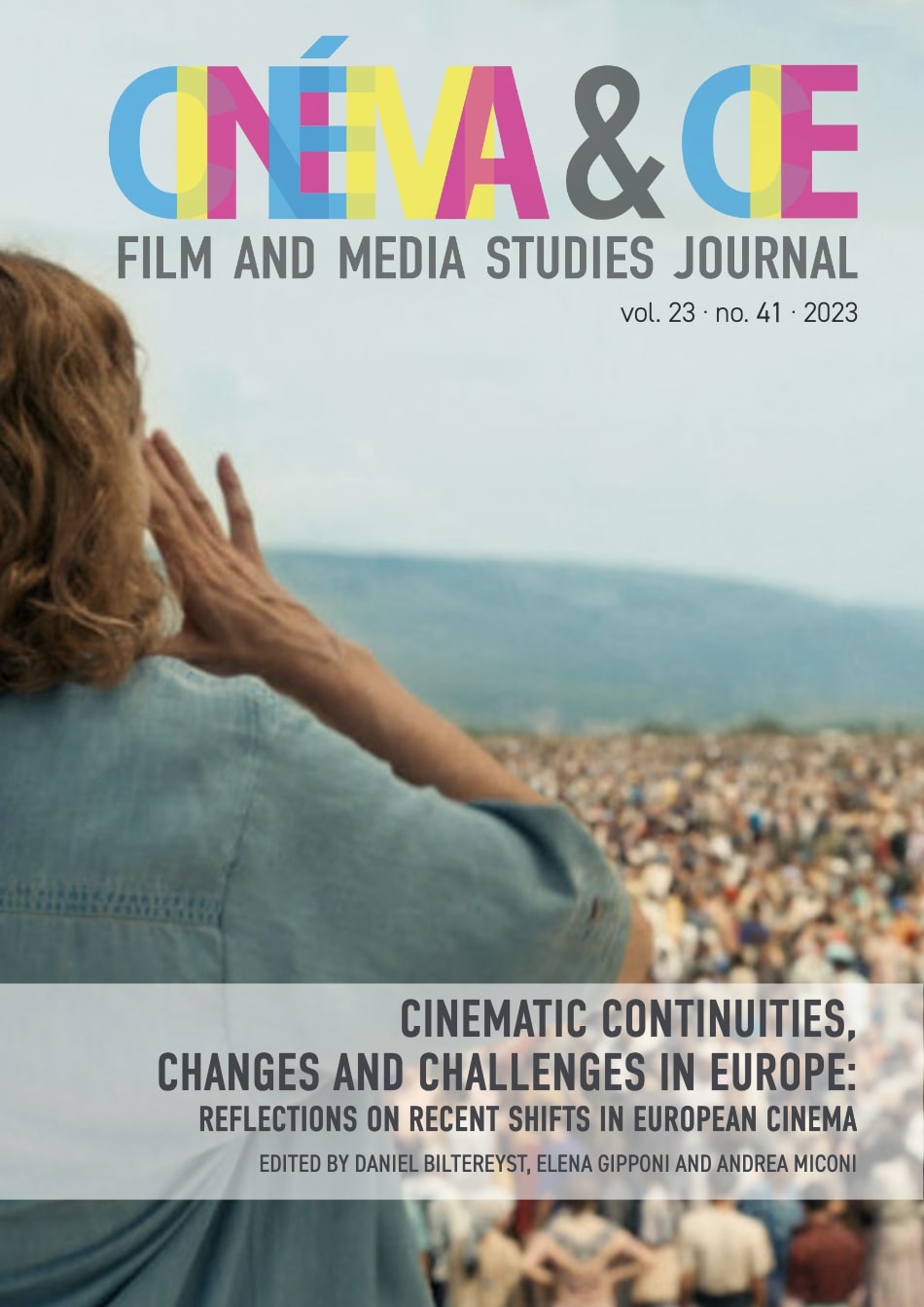CfE 44 - World Cinemas of Resistance: Cinematic worlds as decolonial practices
Call for Essays for the thematic section of Cinéma & Cie no. 44, edited by Daniele Rugo and Marco Benoît Carbone.
Cinéma & Cie is an international, peer-reviewed academic journal. The research areas of the journal include media history and theory and their relationship; the various intersections between technological, industrial and representational aspects; audiovisual heritage; reception and consumption; the links between different forms of audiovisual narrative, art and communication.
Published twice a year (in Spring and Fall), the journal is structured in four different sections:
– Thematic issue: usually the largest section, devoted to a specific topic. This section only accepts submissions in response to specific calls for essays that are advertised via the journal website;
– Beyond Cinema: a section focused on innovative perspectives on the transformations in the field of film studies. Submissions are accepted only in response to the permanent call for essays advertised on the website;
– Projects & Abstracts: the section details international research and noteworthy Ph.D. thesis projects or abstracts, recommended by supervisors;
– Reviews: the section consists of significant essays, festivals, exhibitions, conferences and related content.

Edited by Daniel Biltereyst, Elena Gipponi and Andrea Miconi
This theme issue is a result of research done in the context of the Horizon 2020 project “European Media Platforms: Assessing Positive and Negative Externalities for European Culture-EUMEPLAT”, funded by the European Commission in Grant Agreement Number 101004488. It deals with some main research questions: how has the US filmed entertainment industry succeeded in expanding its hegemony? Are US streamers, such as Netflix, now setting the standard, and what are the consequences for European cinema? Is it beneficial to respond to, or challenge, this hegemony? Should we not strive to overcome the antagonism between Hollywood and Europe, and acknowledge European cinema’s marginalized position while fully recognizing the richness of its hybrid and hyphenated identities? Other related questions in this issues deal with how European filmmakers and cultural institutions envision new realities and redefine socio-economic and cultural boundaries within and beyond Europe? What narratives does European cinema construct about the old continent, about inclusion and diversity, or about issues such as poverty, precarity, migration, and other pressing concerns? How do films navigate across borders? What is the role of language, and should European filmmakers consider moving away from Europe’s multilingualism to embrace English, the cinematic lingua franca? Are European co-productions viable strategies for overcoming cultural, linguistic, and other obstacles?
Call for Essays for the thematic section of Cinéma & Cie no. 44, edited by Daniele Rugo and Marco Benoît Carbone.
Call for Essays for the thematic section of Cinéma & Cie no. 42, edited by Kathrin Fahlenbrach, Giuseppe Previtali, and Giacomo Tagliani.
Call for Essays for the thematic section of Cinéma & Cie no. 41, edited by Daniel Biltereyst, Elena Gipponi and Andrea Miconi
Cinéma & Cie. Film and Media Studies Journal
ISSN 2036-461X
This work is licensed under a Creative Commons Attribution 4.0 International License.
